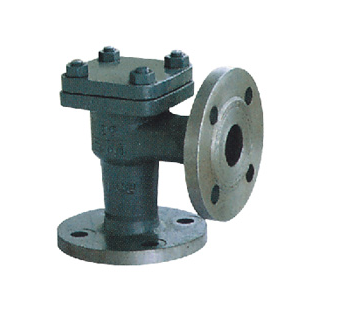|
Optimizing Marine Valves: A Comprehensive Guide for Marine Engineers & ShipbuildersMarine valves are critical components in naval architecture and offshore engineering, ensuring safe and efficient fluid control in marine environments. Whether managing ballast systems, fuel lines, or hydraulic circuits, these valves must withstand extreme conditions like saltwater corrosion, pressure fluctuations, and temperature variations. Why Proper Valve Selection Matters:
2. Types of Marine Valves and Their Applications2.1 Ball Valves
2.2 Gate Valves
2.3 Butterfly Valves
2.4 Check Valves
Tip: Always match valve material to the conveyed fluid (e.g., brass for freshwater, duplex steel for seawater).
3. Key Considerations When Selecting Marine Valves3.1 Pressure and Temperature RatingsVerify the valve’s PSI rating and temperature tolerance against the system’s specifications. 3.2 Corrosion Resistance
3.3 CertificationsLook for certifications from:
3.4 Maintenance AccessibilityChoose valves with easy-to-repair designs to minimize downtime during servicing. 4. Maintenance Best Practices for Marine Valves4.1 Regular Inspections
4.2 LubricationUse marine-grade lubricants (e.g., lithium-based grease) to reduce friction in moving parts. 4.3 Flushing ProceduresPeriodically flush valves with freshwater to remove sediment buildup in seawater systems. 4.4 Replacement GuidelinesReplace O-rings and gaskets every 2-3 years to prevent leaks. 5. Common Issues & Troubleshooting
6. ConclusionSelecting and maintaining marine valves requires a balance of technical expertise and compliance with industry standards. By prioritizing material durability, certification validation, and proactive maintenance, marine operators can ensure longevity and safety of their systems. |

